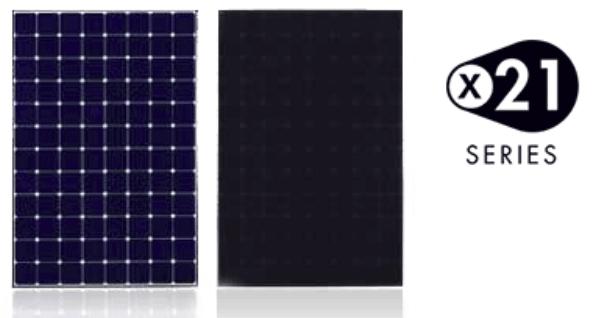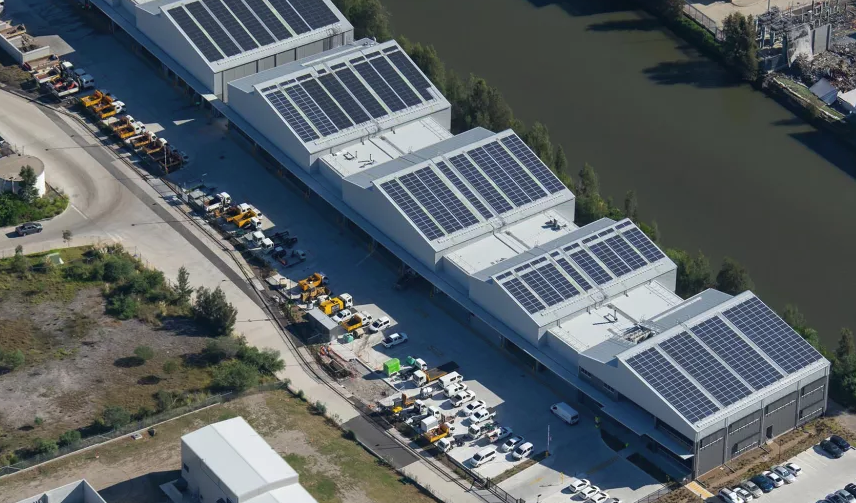If you’re considering installing solar panels in Australia, choosing the right solar installer is crucial. With so many options available, it can be overwhelming to determine which installer is the best fit for your needs. Here are ten things to consider when choosing a solar installer in Australia.
- Credentials and certifications: Check that the solar installer you’re considering is fully licensed and insured, and that their technicians are certified and qualified to install solar panels.
- Reputation: Research the solar installer’s reputation by checking online reviews and ratings. This can help you get an idea of their level of customer service, professionalism, and expertise.
- Experience: Look for an installer with a proven track record of installing solar panels in your area. Experienced installers are more likely to have the knowledge and skills needed to complete your installation efficiently and effectively.
- Quality of materials: Make sure the solar installer uses high-quality materials from reputable manufacturers. This ensures that your solar panels will perform well and last for many years.
- Warranty: Check that the solar installer offers a warranty on their work and the materials used. This can provide peace of mind and protection against any defects or issues that may arise.
- Financing options: Some solar installers may offer financing options or payment plans to make the cost of installation more affordable. Check to see if the installer you’re considering offers any financing options.
- Customer service: Look for a solar installer that provides excellent customer service, including timely communication, responsiveness, and support throughout the installation process.
- Availability: Ensure that the solar installer you’re considering is available to complete the installation within a reasonable timeframe.
- Local knowledge: Choose a solar installer who has experience and knowledge of the local weather patterns, building codes, and regulations in your area. This can help ensure that your solar installation is compliant and optimized for your specific location.
- After-sales service: Check that the solar installer provides ongoing maintenance and support after the installation is complete. This can help ensure that your solar panels continue to perform at their best and that any issues are addressed promptly.
By considering these ten factors when choosing a solar installer in Australia, you can ensure that you select a reputable and qualified installer who will provide a high-quality solar installation that meets your needs and budget.





